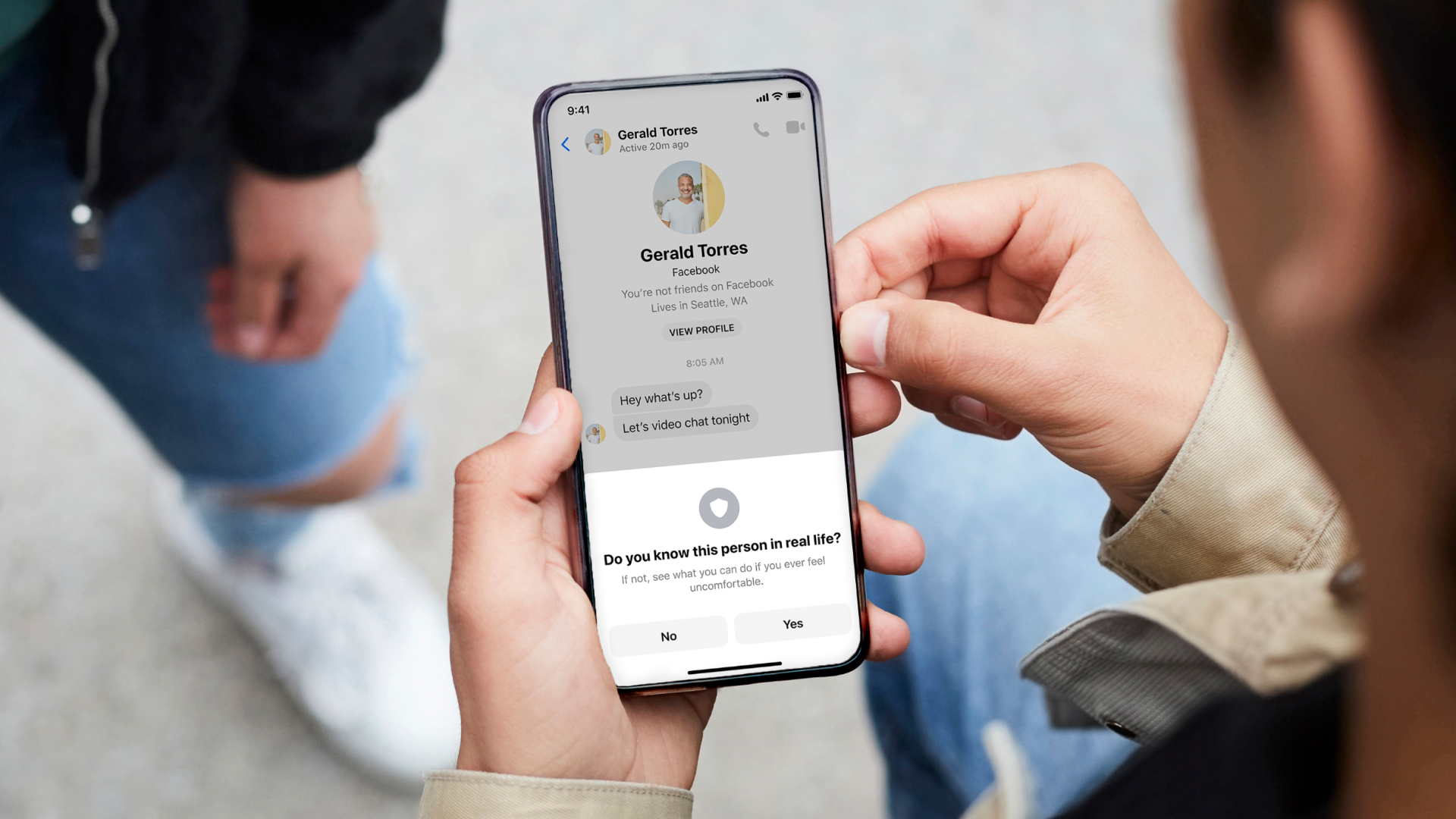
In today’s digital age, social media platforms have become a central part of teenagers’ lives, offering avenues for connection, self-expression, and entertainment. However, alongside these benefits, concerns about safety and security have grown, especially regarding direct messages (DMs) from strangers or malicious actors. Recognizing these challenges, Meta—the parent company of platforms like Facebook and Instagram—has taken significant steps to bolster teen safety by making it easier for users to block and report suspicious DMs. This move aims to foster a safer, more secure environment for young users to explore social interactions without the fear of harassment or exploitation.
Enhancing User Privacy and Security with Simplified Blocking Features
One of the core updates introduced by Meta is the streamlined process for blocking unwanted or suspicious DMs. Previously, users, especially teens, faced a somewhat cumbersome process to report or block sources of harassment or spam. Now, Meta has simplified this by integrating quick-access options directly within the messaging interface. This means that if a teen receives an unsolicited or suspicious message, they can now block the sender within a few taps, without navigating through multiple menus.
This update is significant because it empowers teenagers with immediate control over their online interactions. It reduces the vulnerability window and ensures that harmful actors cannot easily persist in contacting youths after being flagged. Moreover, the ease of blocking is complemented by an improved reporting system that captures malicious activity, enabling Meta to investigate and take appropriate action swiftly.
Advanced Reporting Mechanisms to Detect Suspicious Activity
Meta has enhanced its reporting tools to make flagging suspicious DMs more accessible and effective. When a teen reports a message, the platform now provides guided prompts to specify whether the message contains harassment, inappropriate content, or potential scams. This granular reporting helps Meta’s moderation teams identify patterns of abuse more accurately.
Furthermore, the platform employs artificial intelligence (AI) and machine learning algorithms to detect suspicious activity proactively. When Meta’s systems identify certain patterns—such as repeated messages that resemble scams or manipulative content—they are automatically flagged for review. This dual approach of user reporting and AI detection creates a comprehensive safety net that adapts to evolving threats.
New Child-Focused Safety Features on Instagram and Facebook
Following the emphasis on safer communications, Meta has also expanded its protective features specifically tailored for teen accounts. These include:
- Enhanced privacy controls: Teens can now more easily customize who can send them DMs, ensuring that only trusted contacts can reach out.
- Auto-filtering of suspicious messages: Messages containing links or content flagged as potentially harmful are automatically filtered into a separate Inbox, prompting teens to review them cautiously.
- Real-time safety notifications: If an account detects unusual behavior, such as someone repeatedly sending messages after being blocked, it issues alerts to the user and recommends appropriate actions.
Commitment to Child and Teen Safety
Meta’s efforts aren’t limited to messaging enhancements. The platform is actively working to expand protective measures, including:
- Expanding Teen Account Protections and Child Safety Features
These continuous improvements highlight Meta’s dedication to safeguarding younger audiences, ensuring that social media remains a space for positive interactions and safe exploration.
The Impact of These Changes
The introduction of easier blocking and reporting mechanisms has already begun to make a tangible difference. Teen users report feeling more confident in using social media, knowing they have straightforward tools at their disposal to control their interactions. Parents and guardians also find reassurance in these safety features, which demonstrate Meta’s commitment to protecting vulnerable users in an increasingly complex online environment.
Platforms like Instagram and Facebook have seen a significant reduction in the proliferation of harmful messages and scam attempts targeting teens. Automated detection systems, combined with proactive moderation, help keep the digital space cleaner and safer for all users, especially impressionable young minds.
Looking Ahead: Future Safety Initiatives
Meta isn’t resting on its laurels. Future plans include integrating even more sophisticated AI systems capable of predicting and preventing harmful interactions before they occur. Additionally, they are exploring enhanced educational tools embedded within platforms to inform teens about online safety best practices.
In collaboration with experts, schools, and child psychologists, Meta aims to continuously update its safety protocols to adapt to new challenges posed by emerging technologies and social media trends. This proactive approach is vital to creating a balanced environment where teens can enjoy social media responsibly and securely.
Conclusion
Meta’s recent updates to make blocking and reporting suspicious teen DMs more accessible mark a pivotal step toward safer digital communities. By simplifying these processes and expanding child-focused safety features, Meta emphasizes its responsibility to protect young users from online threats while fostering positive interactions. These initiatives serve as a model for other tech giants and underscore the importance of prioritizing user safety in a digital world that evolves rapidly.
As social media continues to shape youth culture, ongoing innovation and commitment to safety will be essential. Meta’s enhanced tools are not just about technology—they represent a broader cultural shift towards respecting and safeguarding the next generation of digital citizens.
For more updated news please keep visiting Prime News World.








